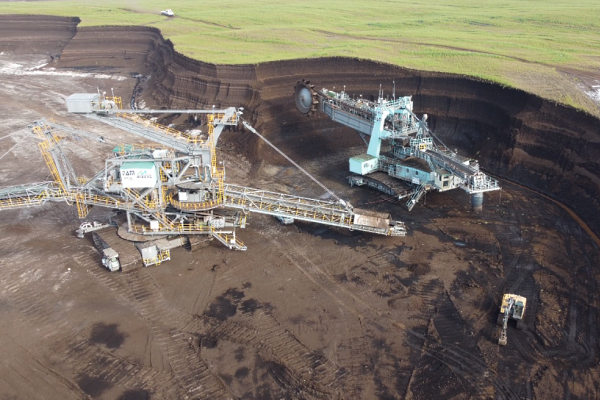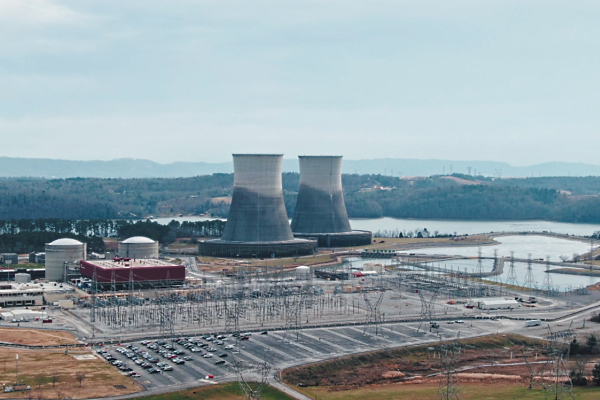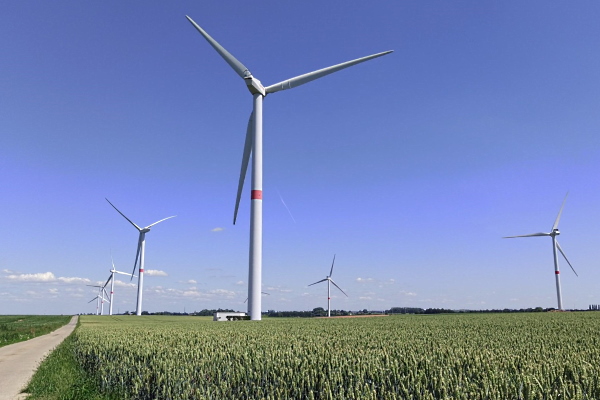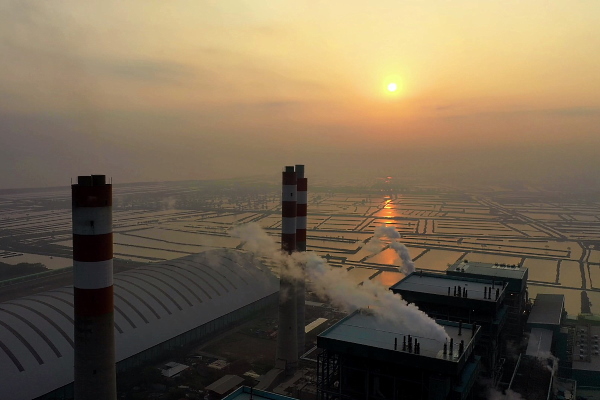After receiving the necessary documents (application form and project presentation), our team will try to review your request as soon as possible, and leading experts will offer the best options for project funding.
It represents a great shift towards integrating environmental, social, and governance (ESG) factors into financial decision-making. This approach goes beyond traditional financial metrics and focuses on sustainability and ethical considerations.
Theoretical basis of sustainable finance
Sustainable finance refers to the process of taking ESG considerations into account in financial decision-making.Its main goal is considered to integrate sustainability principles into financial activities, such as investment, lending and risk management, with the aim of promoting positive environmental and social outcomes while maintaining financial stability and economic growth.
This involves considering the environmental impact (such as climate change, resource efficiency), social aspects (like human rights, community development), and governance practices (including transparency and ethical behavior). Sustainable finance also focuses on long-term value creation, effective risk management, inclusive finance practices, transparency, regulatory compliance, innovation in financial products, and collaboration with all stakeholders.
Below are several ways in which sustainable finance is transforming investment project financing.
Risk management
Sustainable finance helps investors and financial institutions assess and manage long-term risks associated with environmental and social issues. This includes climate change, resource scarcity, social inequality, and other factors that can impact the performance of investments.Investor demand
There is a growing demand from investors for sustainable and responsible investment options. Many institutional investors and individuals are now looking to align their investment portfolios with values related to environmental conservation, social responsibility, and ethical governance.Regulatory support
Governments and financial regulators in various regions of the world are increasingly recognizing the importance of sustainability. They are implementing policies and regulations that encourage or require financial institutions to consider ESG factors in decision-making processes. This provides a supportive environment for capital-intensive sustainable finance initiatives.Innovation in financial products
The rise of sustainable finance has led to the development of innovative financial products such as green bonds, social impact bonds, and sustainability-linked loans. These instruments provide capital for projects that contribute to global environmental and social goals.Low cost of capital
Large companies with strong sustainability practices often enjoy a lower cost of capital as responsible investors perceive them as less risky in the long term. Sustainable finance can enhance a company's reputation and attract investors who prioritize ethical and sustainable business practices.Impact measurement
Sustainable finance encourages companies a focus on measuring the positive environmental and social impacts of projects. Investors are increasingly interested in understanding the benefits their capital can bring to the communities and ecosystems affected by their investments.Long-term value creation
Sustainable finance practice promotes a focus on long-term value creation rather than short-term gains. This shift aligns with the idea that businesses and projects should be economically viable while also contributing to societal and environmental well-being.Engagement and transparency
Last but not least is transparency in investments and other financial activities. Investors and stakeholders are demanding greater transparency and disclosure regarding companies' ESG practices. This has led to improved corporate reporting and increased engagement between investors and companies on sustainability issues.As we can see, modern sustainable finance is reshaping the international practice of investment project financing by incorporating ESG considerations, responding to investor demands, aligning with regulatory changes, fostering innovation, and emphasizing long-term value creation. This shift reflects much broader recognition of the interconnectedness between financial success, environmental stewardship, and social responsibility.
Sustainable finance timeline
Sustainable finance has evolved over time in both the EU and the USA.While the concepts of socially responsible investing and ethical finance have roots dating back several decades, more recent developments have seen the formalization of its frameworks and regulations.
Below we present an expanded sustainable finance timeline with the main historical events in Europe and the United States that shaped the current trend.
1960s: Socially Responsible Investing (SRI) Movement
The so-called SRI movement gained momentum in the USA during the 1960s and 1970s, driven by concerns about issues such as apartheid, tobacco, and the Vietnam War. Investors began to consider social and ethical criteria in their investment decisions.1999: The launch of the first ESG indexes
ESG (Environmental, Social, Governance) considerations gained attention, and the Dow Jones Sustainability Index in 1999 was launched, becoming one of the first indices to track companies based on their sustainability performance.2001: The European sustainable and responsible investment forum (Eurosif)
Eurosif was established to promote sustainable and responsible investment across Europe. It has played an important role in advocating for sustainability standards and policies across the EU.2005: The UN Principles for Responsible Investment (PRI)
These United Nations-backed principles were launched to promote the incorporation of ESG factors into investment decision-making. By upholding these principles, large corporations consider environmental, social and corporate governance issues as part of their investment decision-making process with the goal of aligning business goals with societal expectations.
2010: Dodd-Frank Wall Street reform and Consumer Protection Act
In the United States the Dodd-Frank Act, enacted in response to the 2008 global crisis, included some important provisions related to corporate governance and executive compensation, which indirectly touched on aspects of sustainable finance.2011: The EU sustainable finance strategy
The European Union has adopted official comprehensive strategy on corporate social responsibility, emphasizing the integration of sustainability into business practices. This laid the ground for future sustainable finance initiatives in all member states.2015: Department of Labor Guidance on ESG
The US Department of Labor issued interpretive guidance stating that Employee Retirement Income Security Act (ERISA) fiduciaries should consider economic factors, including those that may arise from environmental, social, and governance issues.2018: The EU action plan on sustainable finance
Several years later The European Commission launched the EU Action Plan on Sustainable Finance. This plan aimed to redirect major capital flows toward sustainable investments and integrate sustainability into risk management.2019: Disclosure regulation and taxonomy regulation
The European Union introduced the Disclosure Regulation, requiring financial market participants to disclose the sustainability of their investments. The Taxonomy Regulation was also proposed to establish a common classification system for sustainable economic activities.2021: Sustainable Finance Disclosure Regulation (SFDR)
SFDR came into effect in the European Union, requiring financial market participants to disclose information on the environmental and social impact of their investments.2021: EU Green Bond Standard and Social Bond Standard
The EU has also introduced important standards for green and social bonds, providing guidelines for issuers to label their bonds as environmentally or socially sustainable.2021: Executive Order on Climate-Related Financial Risk
US President Joe Biden issued an executive order directing agencies to assess and mitigate the risks associated with climate change, signaling a commitment to addressing climate-related risks.2021: SEC focuses on ESG disclosures
The US Securities and Exchange Commission (SEC) announced a review of corporate climate change disclosures, signaling increased attention to ESG reporting.While the European Union and the USA have taken more comprehensive regulatory steps towards sustainable finance, Japan, Canada and the United Kingdom have also seen a gradual integration of sustainable finance principles and a growing emphasis on ESG, with increasing attention from regulators and market participants. This landscape continues to evolve in other regions, reflecting growing global trend toward more sustainable and responsible finance practices.
Transition finance in the context of sustainable finance
Transition finance is a practice of providing capital to companies and projects that are actively working to transition traditional business models and operations to become more sustainable.This transition may include initiatives to reduce carbon emissions, improve resource efficiency, enhance social practices, and align with broader environmental, social, and governance goals.
Transition finance is considered a subset of sustainable finance that specifically addresses the financing needs of companies and projects undergoing a transition towards more sustainable and environmentally friendly practices. This type of finance is particularly relevant for industries that are traditionally considered carbon-intensive or have significant environmental and social impacts. The aim is to support these entities as they move toward a more sustainable future.
Below we have explained how transition finance operates in modern investment practice.
Identification of key sectors and industries
Transition finance often targets industries with a significant environmental impact, such as energy sector (especially thermal power plants), manufacturing, transportation, and heavy industry. These sectors and industries are crucial for global economic activities but may face challenges in transitioning away from traditional, resource-intensive practices.Alignment with sustainability goals
The financing provided through transition finance is expected to align with sustainability goals and contribute to a low-carbon and socially responsible economy. Investors and lenders may set special criteria and performance indicators to ensure that the funded projects are genuinely contributing to positive environmental and social outcomes.Risk management
Transition finance practice recognizes the inherent risks associated with the shift towards sustainability. Financial institutions, including large commercial banks and even IFIs, may provide expertise and comprehensive support to help companies manage these risks effectively. This could include assistance with technology adoption, regulatory compliance, and market positioning.Incentives for green transition
Transition finance often incorporates financial incentives to encourage companies to adopt more sustainable practices. This could include preferential interest rates, extended loan tenures, or other financial benefits linked to achieving predefined sustainability milestones. This is most true for green transition initiatives that include strict carbon reduction targets.Engagement and collaboration
Transition finance, especially in the context of sustainable finance, emphasizes ongoing engagement and collaboration between investors, lenders, and the companies or projects receiving funding. This collaborative approach helps ensure that the transition plans are realistic, effective, and aligned with broader sustainability objectives.Reporting and transparency
Transparency and disclosure are important components of transition finance. Companies receiving funding are typically required to report regularly on their progress toward sustainability goals. This reporting fosters accountability and helps investors assess the impact of their support.Broader ESG integration
Transition finance is linked to the broader integration of environmental, social, and governance factors. Investors and lenders may assess the ESG performance of companies seeking transition finance to ensure that their overall practices align with sustainable and responsible principles.Currently, transition finance plays a pivotal role in supporting various industries and projects as they navigate the challenges of transitioning toward sustainability. It involves targeted financial support, incentives, and collaborative efforts to drive positive ESG outcomes.
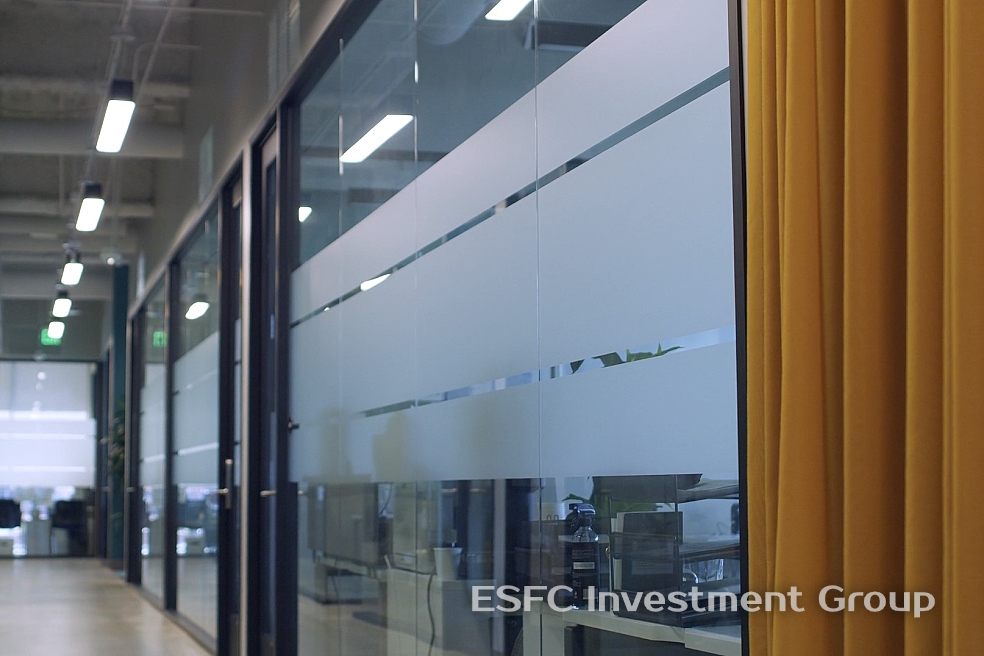
Environmentally sustainable bonds: EuGB and other tools
Environmentally sustainable bonds, particularly European Green Bonds (EuGB), are financial tools designed to finance capital-intensive projects with positive environmental impacts.These bonds are issued by governments, municipalities, or corporations to raise capital for projects that contribute to environmental sustainability and address climate change.
Environmentally sustainable bonds
Environmentally sustainable bonds aim to finance large projects that have positive environmental impacts. These projects can include renewable energy infrastructure, energy efficiency initiatives, clean transportation, sustainable agriculture, and more.Green bonds are issued by all the leading economies of the world, most notably China, the USA, Germany, the Netherlands, France, Great Britain, Japan, Spain, Canada and others. In particular, China issued green bonds worth more than $85 billion in 2022.
Classification:
• Sustainability-linked bonds: Interest payments are linked to sustainability targets.
• Sustainable bonds: Combine both environmental and social objectives.
• Green bonds: Issued to fund projects with specific environmental benefits.
• Social bonds: Focus on projects with positive social impacts.
Governments, municipalities, supranational entities (such as the European Investment Bank), and corporations can issue environmentally sustainable bonds. There is a growing demand from investors, including institutional investors, for environmentally sustainable investment options. Many investors seek to align their portfolios with sustainability goals.
Green bonds often adhere to established standards and certifications to ensure transparency and credibility. The Climate Bonds Initiative (an international organization working to direct global capital for climate action) and the Green Bond Principles (international guidance for financing projects with environmental benefits) are examples of frameworks guiding green bond issuance.
European Green Bonds
The European Union has recently developed the voluntary EU Green Bond Standard (EUGBS), a comprehensive set of criteria to define what qualifies as a green bond. It aims to create a common language and standard for green financial instruments.European Green Bonds are specifically designated for projects that contribute to environmental objectives outlined in the EU Taxonomy Regulation. This includes climate change mitigation and adaptation, sustainable water and marine resources management, and more.
Issuers of European Green Bonds are required to provide detailed information on how the proceeds are allocated to eligible investment projects. Transparency and reporting mechanisms are important for maintaining credibility and ensuring accountability.
The European Commission's Sustainable Finance Action Plan includes the development of the framework, covering not only green bonds but also sustainable finance more broadly. It includes initiatives like the EU Taxonomy and the Sustainable Finance Disclosure Regulation (SFDR).
Bonds meeting the EU Green Bond Standard criteria can carry the “EU Green Bond” label.
This label helps investors easily identify bonds that meet specific environmental criteria set by the EU.
The market for EuGBs has been growing as the European Union emphasizes sustainable finance as part of its broader sustainability agenda. The issuance of green bonds is expected to play a significant role in funding the EU's climate and environmental objectives.
So, environmentally sustainable bonds align with the broader global movement toward sustainable finance, providing investors with opportunities to support environmentally friendly initiatives while contributing to the transition to a more sustainable global economy.




















